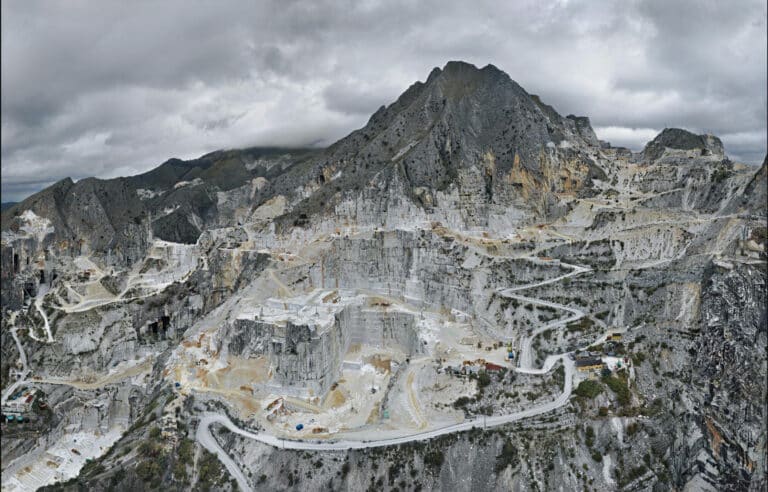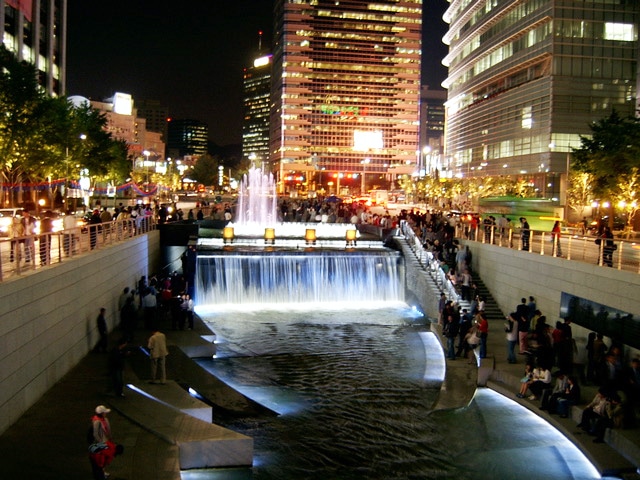This course (lectures and tutorials) allows students to broaden their theoretical bases beyond those already acquired in the bachelor's degree. It allows students to reflect on a notion/theme/concept, in order to pursue and deepen questions related to their interests. The "Notion" course contributes to the initiation to research in preparation for the master's seminars and will focus on the tools of research and their graphic representation in the form of a scientific poster.
Choice 1 - "Architecture as a landscape fact
Teacher : Arnaud François
In order to prepare for the teaching of seminars in the master's program, the aim is to approach architectural design from the notion of "architecture as a landscape fact ", which broadens the "architecture as an urban fact", dear to Aldo Rossi, to all environments, peri-urban and rural, with their geographical and landscape characteristics.
If we can define architecture as an urban fact as the one that seems to emanate from its context to make the city and reinforce the inhabitation of the place, then architecture as a landscape fact takes up these intentions by considering that the sense of inhabitation, before being an urban question, is rooted in its geography and its landscape, even in the city.
To introduce the culture of architecture as a landscape fact, a theory course and tutorials are proposed. The theory course will take the form of case studies of architects and architectures that can be considered as a landscape fact. The tutorial will consist of a spatial analysis of architectures as a landscape fact based on the intentions of the architects who produced them.

Choice 2: "Architecture and the Capitalocene
Teacher : Karima Younsi
To the famous formula "revolutions are the locomotives of history" (Marx, 1850), Walter Benjamin adds "it could be that revolutions are the act, by the humanity that travels in this train, of pulling the emergency brakes".
The latest IPCC report of April 4, 2022, says it all: if we want to maintain a livable world, "humanity has less than three years to reverse the curve of greenhouse gas emissions, which are the main cause of climate change." What could architects possibly do about it?
In this teaching, we will question our ways of producing, consuming, understanding, and learning architecture in the capitalocene (Mälm, 2017).
By seizing a space and a time to de-construct architecture, and with the help of the conceptual and methodological tools of the social sciences, it will be a question of examining as closely as possible the field (Bourdieu, 1994) in which the training of architect took root, to take a critical look at fields (lexical and social) crossed by power relations and to appreciate in all lucidity, what these can carry of betrayals, of values, of obvious and unsaid, of hope and unheard of.
Choice 3: "Urbanity(s): The scalar elasticity of a concept
Teacher: Tricia Meehan
If we are interested in the evolution of concepts, those with a long history are very revealing, as is the case of "urbanité". Its use in France dates back to the 17th century, when it was used to describe someone who had mastered politeness. The Latin origin of the word, "urbanitas", already referred to "the politeness of language, spirit and manners, singularly attached to the city of Rome".
Today, it is a widespread concept in debates about the city, but it is difficult to give it a precise definition. This course will therefore examine the evolution of the concept of urbanity in French architectural and urban discourse since the turn of the 20th century.
The CMs consist of a presentation on the debates on urbanity in each era, a focus on one of the main contributors to the identified themes, and a discussion of an article or excerpt by one of these people.
The TD on the scientific poster will focus on a study of public spaces in Rouen because, according to J.-P. Augustin, "The question of urbanity and living together has been at the center of proposals on the development and functioning of cities since the 1990s and increasingly concerns public spaces."


Choice 4: "Assembly, the need for reversibility
Teacher : Cyril Pressaco
To build is to assemble heterogeneous objects according to specific techniques. The assemblies have vocation to ensure the cohesion, durable, of the elements between them. These elements, resulting from a complex process of the transformation of the matter, carry in by their aspect and their form, the traces of this trajectory.
Our approach is both constructive and aesthetic. It will be as much a question of technique as of form. We will consider assemblies that guarantee the autonomy of the assembled elements, by connecting elements, allowing the reversibility of the assembly process and a certain economy of means.
This course therefore aims to analyze projects selected for their ability to highlight these constructive issues. Based on a historically and geographically extended corpus, students will be able to apprehend a plurality of cases, and reveal all the architectural, cultural and aesthetic potential of this notion.